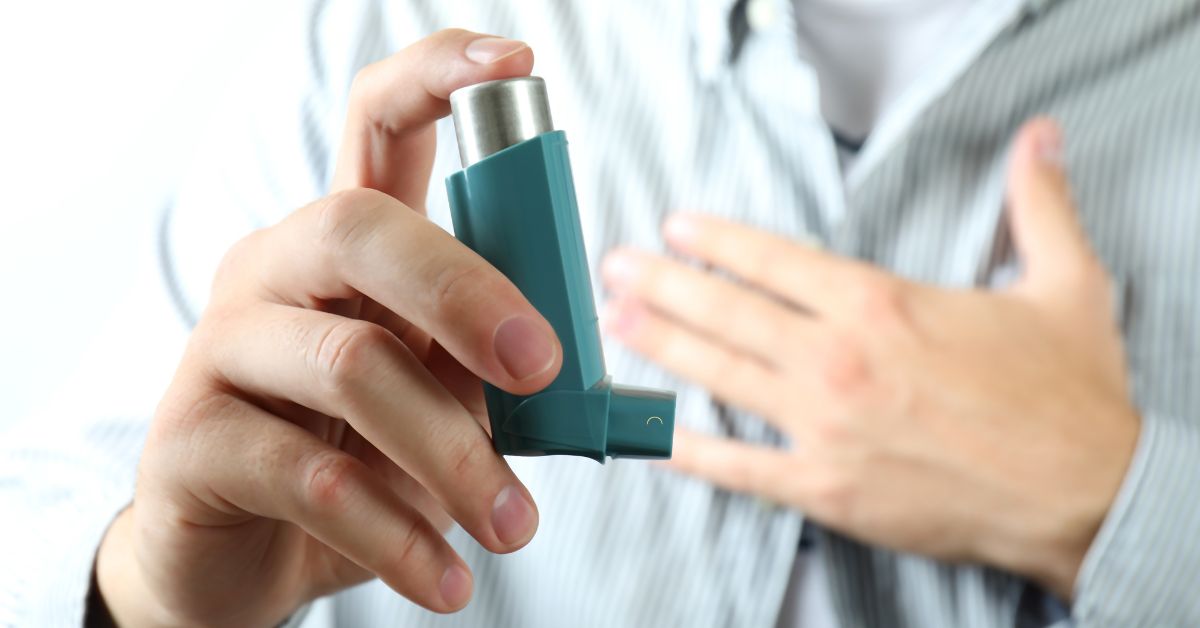Locked to Death
Locked to death is a phrase that conjures a chilling image of someone trapped in an inescapable situation, where escape becomes impossible, and the consequences can be fatal. This phenomenon is more than just a figurative expression—it is a very real issue, often associated with extreme situations, both in everyday life and in extraordinary circumstances. In this article, we will explore the various meanings of locked to death, its real-life implications, and the psychological and societal effects it can have on individuals and communities.
The Concept of Locked to Death
The term locked to death typically refers to a state of being trapped or confined in a situation where escape is either difficult or impossible, leading to fatal consequences. This can be in reference to both literal and metaphorical situations.
1. Literal Interpretation
In its most direct sense, locked to death may refer to cases where individuals are physically locked in a confined space, such as a car, room, or building, with no means of escape. This is often associated with accidents, kidnappings, or other tragic events where the victim is unable to free themselves in time, resulting in death.
For example, there have been instances where people have died due to heat exhaustion or asphyxiation after being accidentally locked inside a vehicle or a closed room without ventilation.
2. Metaphorical Meaning
On a more symbolic level, being locked to death can also represent a person being trapped in a cycle of negativity or despair. This could refer to a mental or emotional state in which a person feels stuck in their life, unable to break free from toxic relationships, addiction, or other harmful situations. Over time, this feeling of entrapment can lead to psychological distress, burnout, and even suicide.
Real-Life Examples of Being Locked to Death
The reality of being locked to death can be seen in several tragic, real-life scenarios. These incidents often highlight the dangers of confinement and the urgent need for intervention.
1. Tragic Incidents in Cars
One of the most common instances of being locked to death occurs when individuals, often children or pets, are left inside hot cars. With no means of escape and a lack of ventilation, the interior of the car heats up rapidly, leading to heatstroke or suffocation. Each year, there are numerous cases where people are locked to death in these situations, often due to forgetfulness or negligence.
2. Accidental Lock-ins
Another example of locked to death can be seen in accidental lock-ins, such as when individuals are inadvertently locked inside their homes, closets, or other spaces without access to food, water, or air. This can occur when people are alone or in isolated areas. For example, elderly individuals who live alone are especially vulnerable to being locked to death in such situations, especially if they fall ill or are unable to move freely.
3. Kidnapping and Human Trafficking
In more extreme cases, individuals may be locked to death as a result of being kidnapped or trafficked. Victims may be confined in small spaces for prolonged periods without food, water, or adequate air circulation. These heinous crimes often lead to tragic outcomes, with victims dying from neglect or the inability to escape.
The Psychological Impact of Being Locked to Death
The concept of being locked to death isn’t only physically dangerous; it can have profound psychological effects as well. The feeling of being trapped, whether physically or metaphorically, can lead to anxiety, depression, and post-traumatic stress disorder (PTSD). Here’s how the concept of being locked to death can affect the human psyche:
1. Feelings of Powerlessness
When someone is locked to death in any form, they often experience an overwhelming sense of powerlessness. This feeling can trigger intense anxiety and a fear of helplessness. The inability to change their situation can lead to emotional and psychological distress, which in extreme cases, can lead to a breakdown.
2. Trauma from Confinement
Physical confinement, whether from an accident, kidnapping, or other dangerous situations, can leave lasting trauma on the victim. The brain may associate the experience with fear and helplessness, making it difficult for the individual to recover fully. The memories of being locked to death can continue to haunt survivors long after they are freed.
3. Depression and Mental Exhaustion
For those who feel locked to death in a more metaphorical sense—trapped in negative cycles of addiction, toxic relationships, or career stagnation—the result can be overwhelming feelings of depression and mental exhaustion. The constant battle to break free can be draining, often leading individuals to believe that there is no way out, which can result in self-destructive behavior.
How to Prevent Being Locked to Death
While it is impossible to foresee every dangerous situation, there are several measures individuals can take to reduce the risk of being locked to death. Below are some preventive steps:
1. Education and Awareness
Awareness campaigns focusing on the dangers of leaving children and pets in cars or other enclosed spaces can significantly reduce incidents of being locked to death. Public service announcements, educational programs, and even reminders in cars can help prevent such tragedies.
2. Regular Safety Checks
To avoid accidents where individuals may become accidentally locked in, it’s crucial to conduct regular safety checks, especially in homes and vehicles. For elderly individuals or those with mobility issues, ensuring that doors and windows are easily accessible can help prevent confinement in emergencies.
3. Mental Health Support
On a more psychological level, individuals who feel emotionally or mentally locked to death should seek mental health support. Therapy, counseling, and support groups can help individuals break free from harmful patterns of thinking and living. Professional guidance can assist in restoring hope and guiding individuals toward healthier, more fulfilling lives.
Conclusion: Escaping the Grip of Being Locked to Death
The idea of being locked to death is a powerful and distressing one, whether it refers to physical entrapment or emotional despair. By understanding the risks, both literal and metaphorical, we can take steps to prevent such situations from arising. Whether through education, self-awareness, or seeking help, it is essential to recognize the dangers of being trapped and take proactive measures to avoid the devastating consequences that can occur when we feel locked to death. Let us continue to support one another and create environments where freedom, safety, and well-being are accessible to all.




